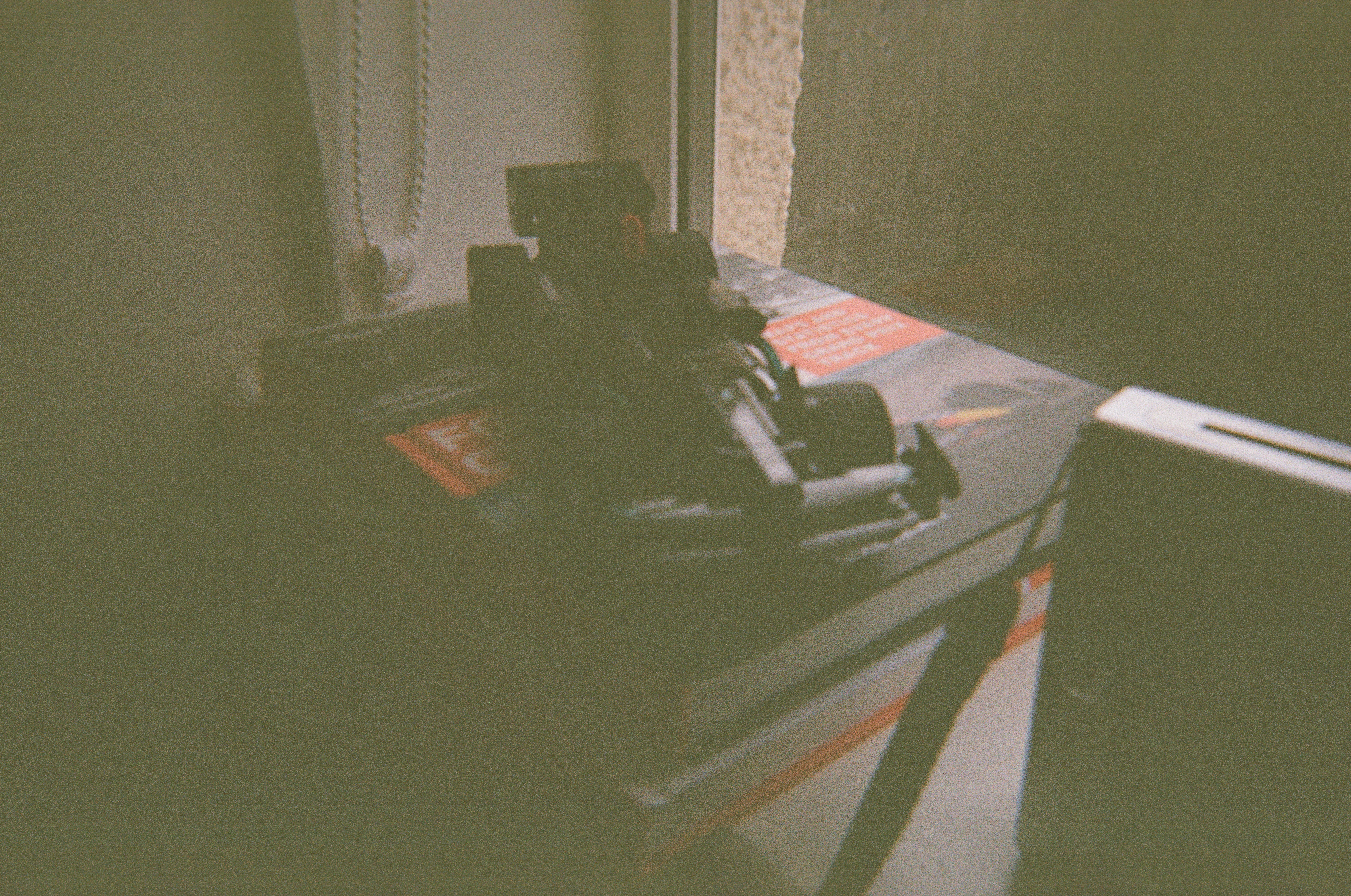Despite what you might have heard, film photography isn’t dead! Much like print magazines, film photography is very much alive and kicking, and I’m so grateful (you can tell I studied magazine journalism). Much like bucket hats and bell-bottom jeans that have somehow come back into fashion, so has film photography. In this age of social media where people spend hours curating the “perfect” Instagram feed, there’s something charming and almost alluring about the imperfection of film.
Almost all my friends own either a disposable or reusable film camera, and boy are they fun to shoot with. I even attended a wedding where there was a disposable film camera on every table, and when the photos came back a few days later, we couldn’t help but laugh at the stolen moments captured.
As a reviews writer at Tom’s Guide, I get to test some of the best cheap cameras, and I’ve lately been testing a few film cameras. If you’ve been thinking of picking one up for the new year, look no further than the Kodak Ultra F9 — here’s why.
A bit of trial and error
Film photography is a lot about trial and error — primarily because you can’t see the result immediately after, like you can on digital cameras. This means that you might waste some exposures, but don’t be disheartened. We’ve grown so accustomed to having everything readily available — photos on our camera’s LCD screen or our smartphones — that we’ve forgotten what it’s like to take a risk.
I tell this to anyone interested in photography: it doesn’t matter how advanced your camera is, you must still trust your instincts. I myself was reminded of this when I ditched my smartphone for a compact camera and fell back in love with the 2000s aesthetic. Film photography is no different. Sure, you’re seeing a lovely photo of a cat but what you aren’t seeing is the three failed shots I took.

Similarly, the photo you see above isn’t my finest work. The Mercedes-AMG F1 Lego model is out of focus and it’s a grainy photo. But do I hate it? Not at all. I like the vintage aesthetic of it, which is what draws a lot of people to film cameras. Like I said, many of my friends own film cameras, and my social media feed is populated with photos taken in the 35mm format by celebrities and famous personalities.
Patience is a virtue

If you get into film photography, remember you’ll need to be patient. That’s because photo labs can take a while to develop your film. I’m very lucky that I live near a photo lab that usually takes just one or two hours, but that isn’t always guaranteed.
I remember the morning I handed in my Kodak Ultra F9 film roll. Until the time I got my prints, I was eagerly checking my inbox every few minutes. I’d even forgotten which photos I’d taken, so it’s always a nice surprise finding a couple of nice shots you didn’t know existed.

Most film cameras won’t burn a hole through your pocket either. The Kodak Ultra F9 is available for a retail price of $49 at Amazon U.S. / £39 at Amazon U.K., which costs less than my weekly grocery shop. You can pick up a roll of 24 exposures for $6 / £8 (on average) too. Developing film costs $20 / £17 which, in the long run, can become expensive, but it’s a price I’m willing to pay.
I’m also testing two other film cameras right now (I know, tough gig) but as of now, the Ultra F9 is the one camera I don’t want to go anywhere without. This is such a fantastic, nifty little camera, and if you picked one up for yourself, I can guarantee you’ll feel the same way. Film photography is well and truly back.









